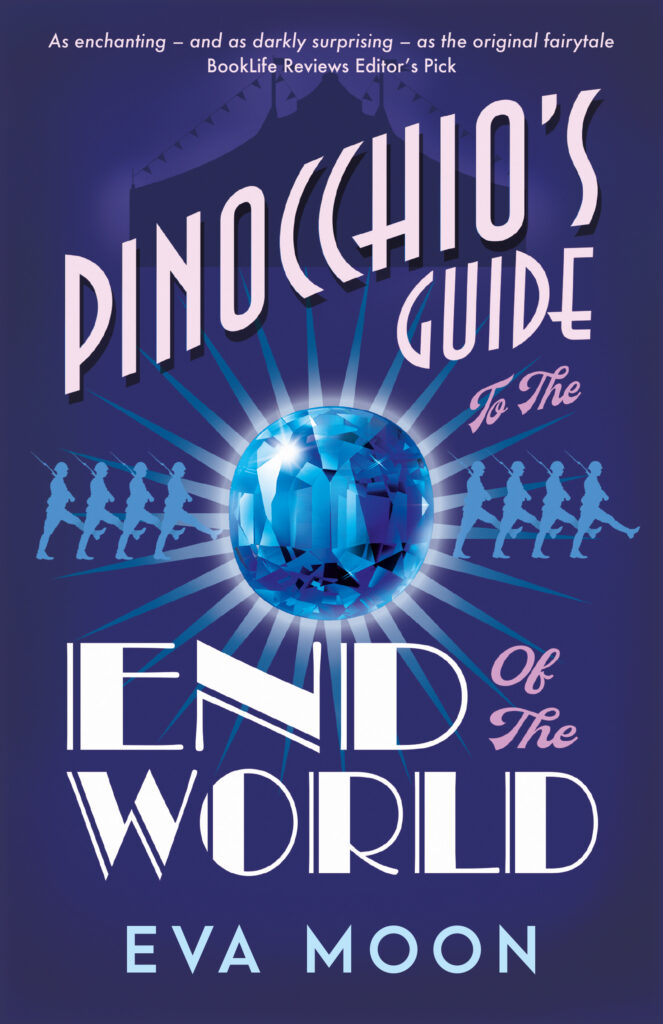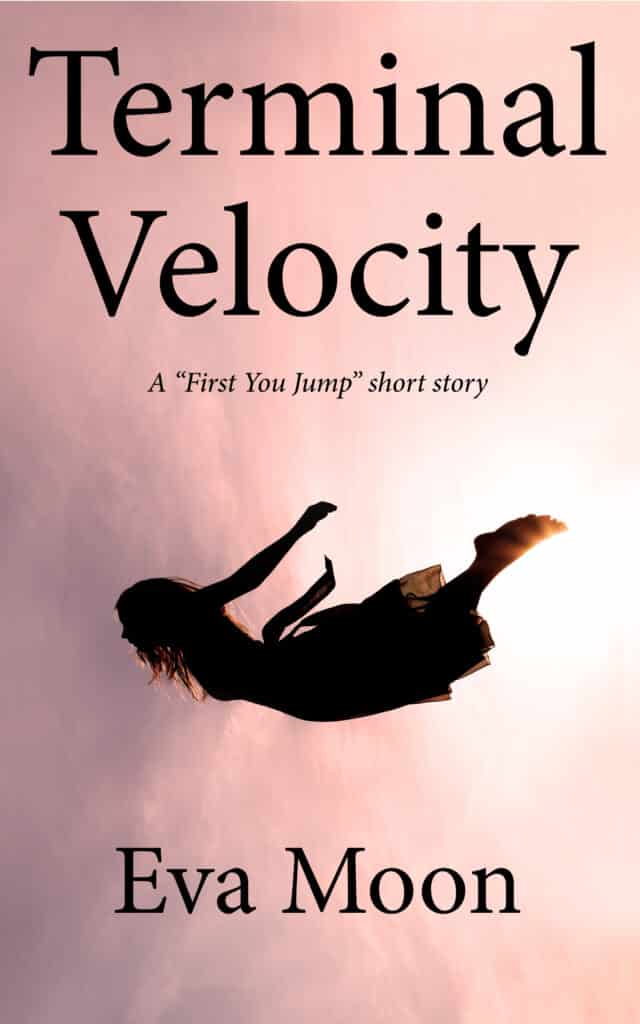Sitting in the open door of the airplane. Nearly fourteen thousand feet below my dangling toes, the lovely Washington coast is a green and blue abstract.
I know I am going to die.
And I couldn’t be happier.
From the time we first encounter death – usually the loss of a pet or a grandparent as a child – we all know we’re going to die. Sort of. Not today. Not tomorrow. Sometime off in a hazy future so distant it recedes into unreality.
But sometimes, if we’re lucky, we are gifted with almost dying. It’s an experience that brings that hazy future into heart-pounding, big-screen razor focus. In that moment, it’s hard to see the gift part. Because, in that moment, you don’t know yet that it’s almost. Until then, life’s boundaries recede into fog. There’s no urgency to pursue our dreams. No one day is an important opportunity not to be missed — because there’s always tomorrow.
Almost dying puts a frame on the painting of your life.
We hear a lot about Post Traumatic Stress. It’s very real, serious and debilitating to those who experience it. The nightmares persist for soldiers returning from war zones, victims of accidents, crimes, illness. It keeps people locked in fear, unable to move forward or find joy in their lives. But there’s a flip side to that coin:
Post Traumatic Growth.
Post Traumatic Growth (PTG) is positive change that results from a traumatic life experience leading to a deeply meaningful understanding and appreciation of one’s place and purpose in the world. I’m not here to school you on PTG. I’m here to tell you a story.
Jumping out of an airplane was not the experience that changed me. It was the celebration of it. I had just come through a harrowing six months of fear, medical tests, seeing my own fate as I watched the protracted death of my mother, twenty-three hours of surgery, five feet of fresh scars and loss of multiple body parts I thought were mine for life.
I carry the BRCA1 genetic mutation. It gives me an 87% chance of the deadliest kind of breast cancer and a 55% chance of ovarian cancer, in addition to increased risk for pancreatic cancer and melanoma. Thanks, ancestors! I’ve done what I can to minimize the risks. But something the experience left me with that is not as visible as my scars is an acute awareness of the boundaries of life.
We’re all going to die. It’s not exactly a secret. But when we’re face-to-face with the reality of it, it has the potential to light up the beauty of each day. It can separate what is important from what is mere fluff. It can frame your life in ways that bring incredible joy. It’s only after birthday candles are blown out that we get to eat the cake.
So, I’m sitting in the open door of the airplane. I’ve been anticipating this day since I first agreed to the jump and I expected to be scared. But I’m not. I can’t wait! I tap my heels on the fuselage – the signal that I’m ready – and suddenly I’m a pebble in a roaring river of air for sixty seconds of exhilarating free fall before the chute deploys and the rest is a gentle float to the ground.
I’m falling at 120 miles an hour. There is literally nothing between me and fields, trees and tiny roads below. I take a moment to imagine the chute not opening, testing how the thought feels. I should be terrified. But oddly, I’m at peace. It’s not that I want to die. I absolutely don’t. There is still lots to do. But for perhaps the first time in my life, I know in every synapse that there will be a day when the world has to muddle along without me. It could happen now or years from now, but either way, the world will survive. If you ever think it won’t, pay a visit to a cemetery. All those people are gone and yet, here we are. It’s up to me to decide how to use the time I have.
Spoiler: I didn’t die that day. Or the next. But I did give up an unsatisfying job to pursue a passion. I turned my agony into art that helps others facing their own dark days see that there’s light on the other side. I will tell the stories that are in me to tell until the days run out.
And it’s glorious.


